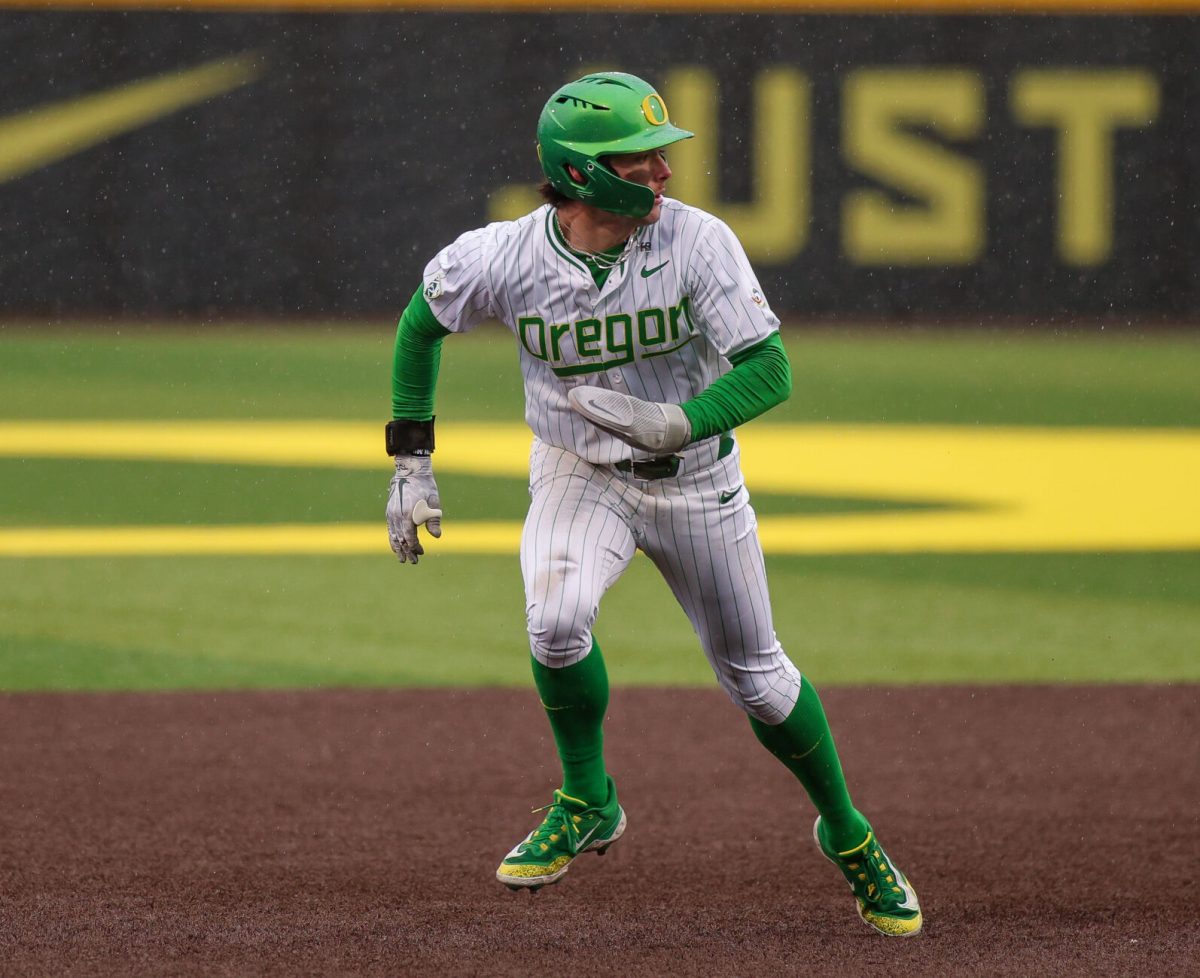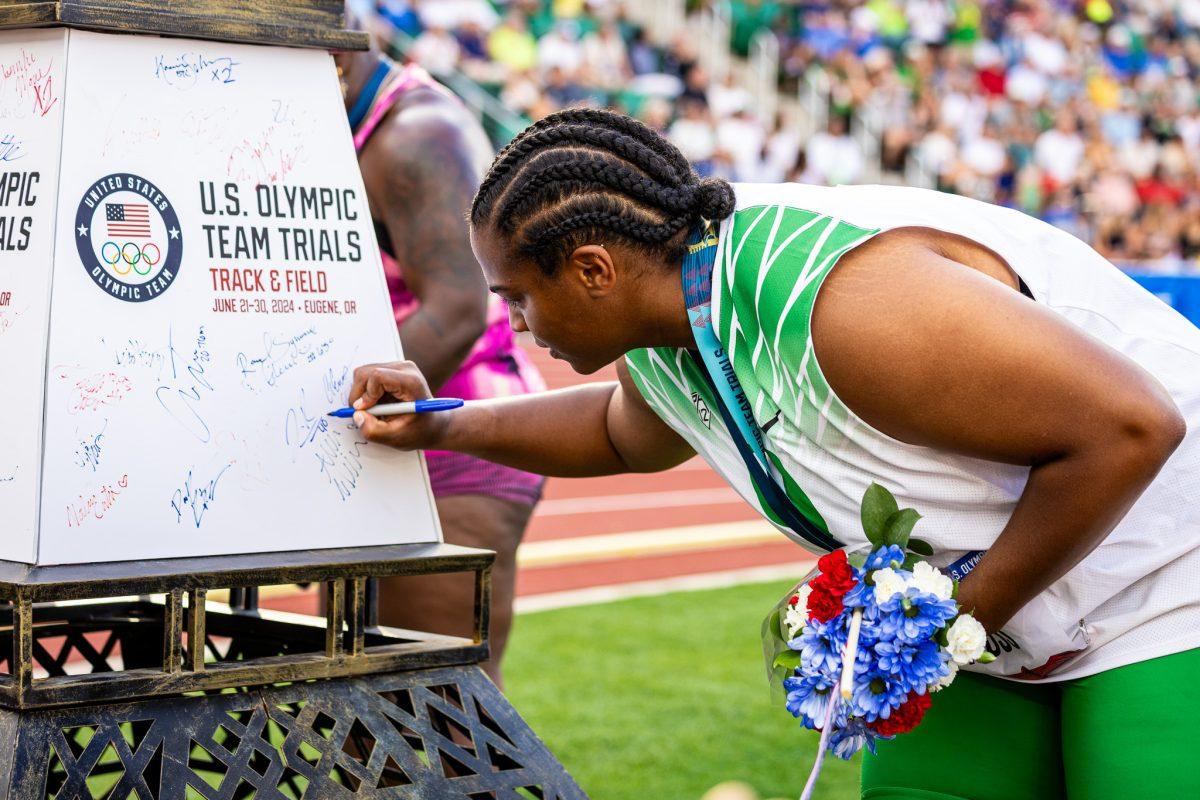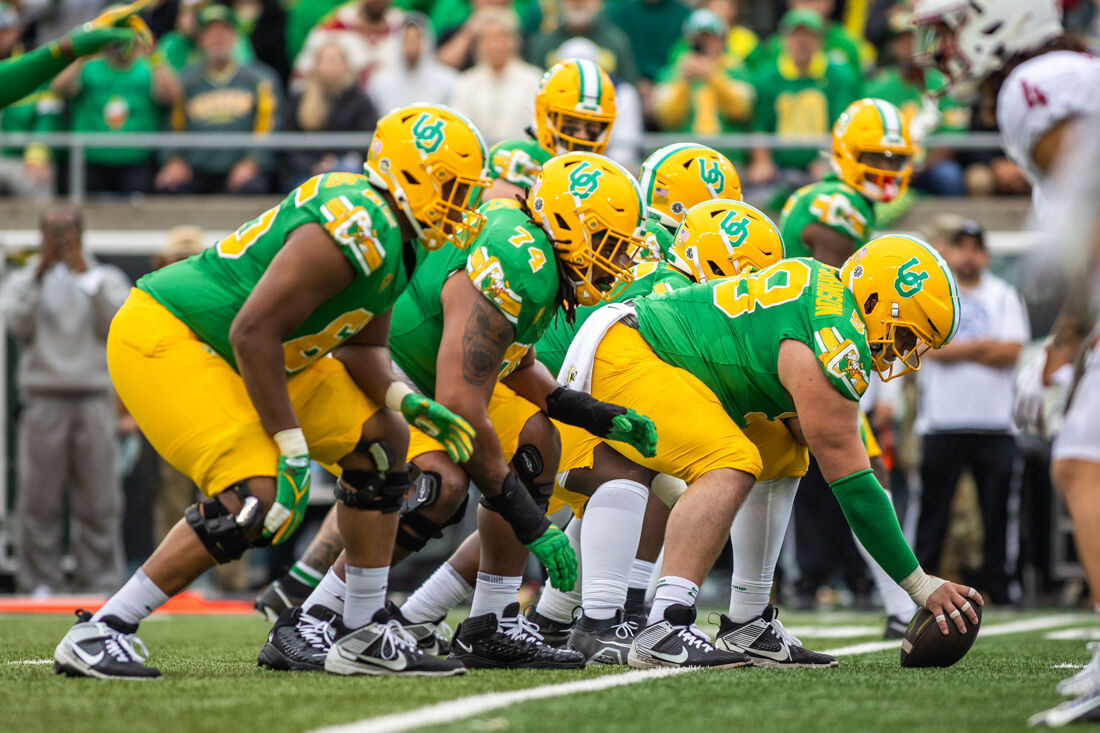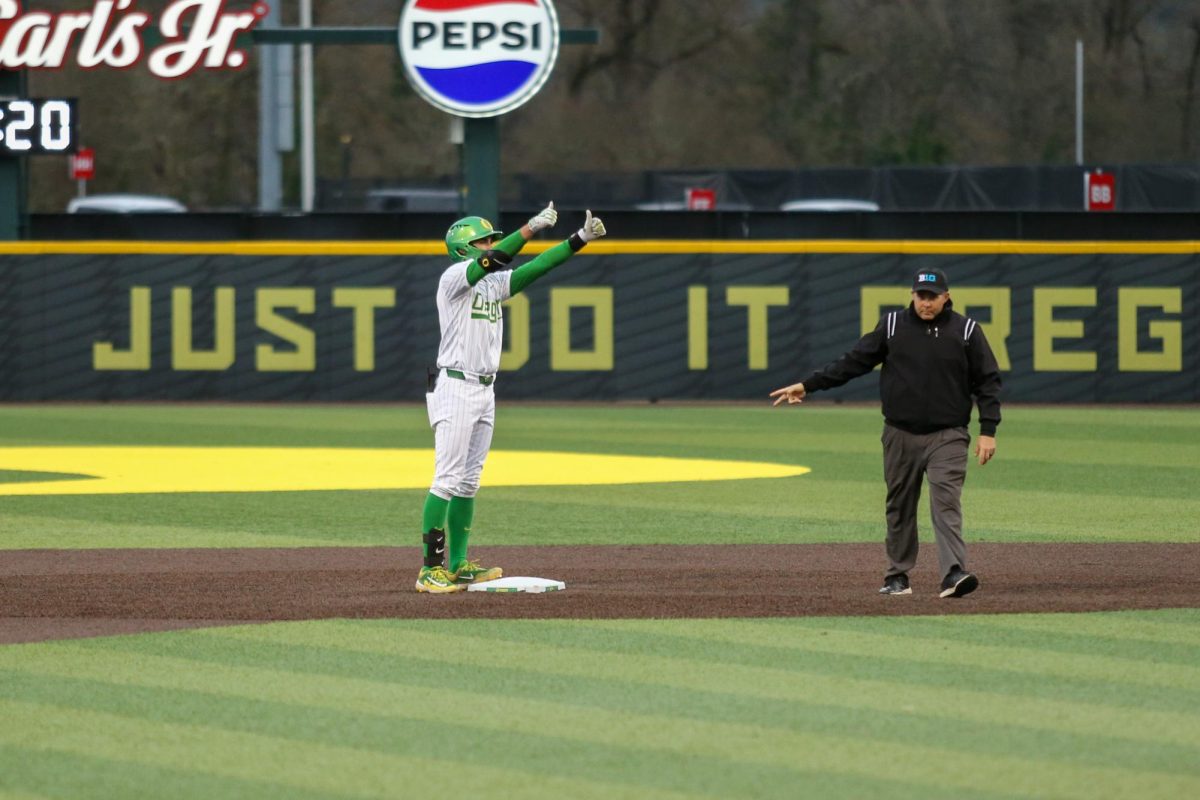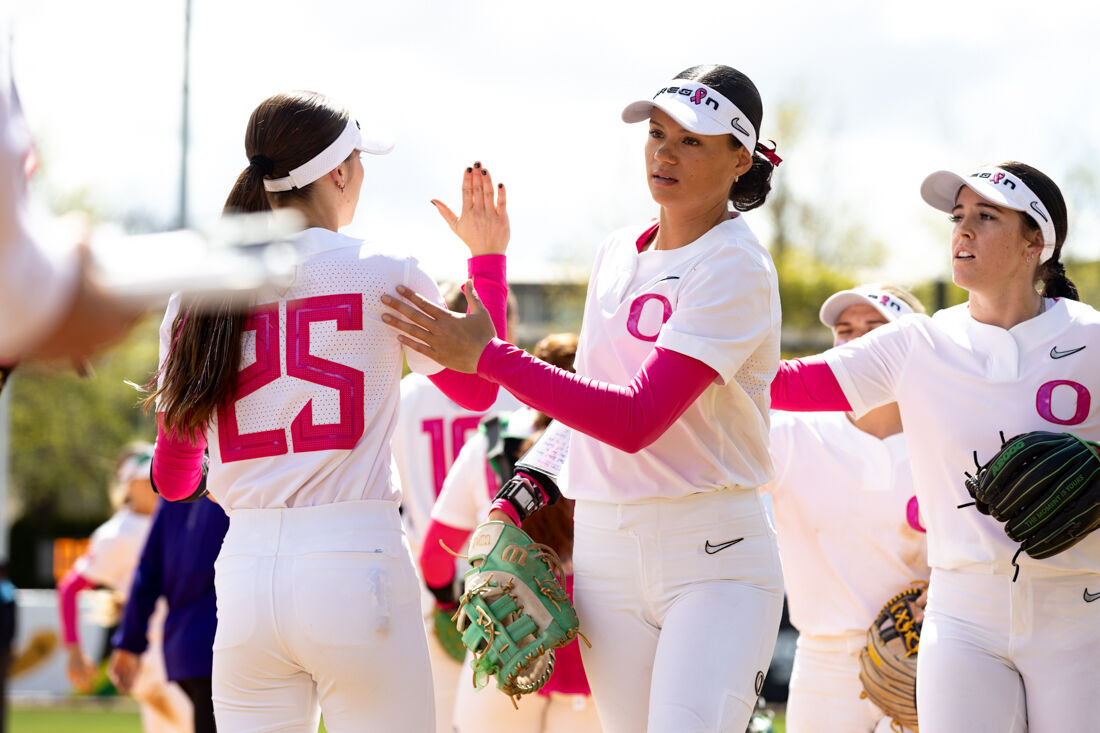In February 2021, an out-of-the-ordinary post appeared on social media.
An image of a confetti-strewn field filled the screen with the caption, “For those who never stopped believing…” and five words spread across the image.
“College Football is coming back.”
Those two sentences sent the world of college football into rapture. In the decade since the last edition of a college football videogame was released in 2014, the game has changed endlessly. That 2014 edition, no matter how many updates and modifications fans made, could no longer suffice. The promise of a new outlet for those who sought to fill that void with more than just Saturday’s gameday offerings guaranteed a nationwide obsession.
It’s been just that.
Since the announcement, the world of college football has been overcome by an offseason obsession. Players, whose new name, image and likeness rights deal drove the game’s production, have become overnight superstars. Fans who’ve never watched the sport before were suddenly immersed.
The obsession even spurred X users to create an account chronicling whether the game had been released or not — everyday spawning a “No” post until the fateful July 15 release date, when a “Yes” garnered 7.6 million views.
When the game was released for early access in July, a stunning 700,000 players were reportedly online within the first day. Already, the title sat atop market researcher Circana’s July year-to-date rankings of the best-selling games in 2024 after 12 days on the market. The game it knocked out of top spot, “Helldivers 2,” was released in February.
“It’s pretty surreal,” Oregon tight end Kenyon Sadiq said at the Ducks’ Media Day. “Growing up playing Madden, seeing all the players and even playing the old NCAA game…it’s pretty cool to log on there and be able to throw the ball to yourself.”
Bringing back the game was no easy feat. The series was discontinued in the mid-2010s after legal disputes over the ability to use players’ names, images and likenesses in the game culminated in O’Bannon v. NCAA (2015). EA Sports, which makes the “College Football” series, eventually settled out of court for a reported $40 million.
Despite the company’s use of “quarterback no. 8” in place of Ducks signal-caller Marcus Mariota, or “running back no. 6” instead of De’Anthony Thomas’ identity, the landmark case stalled its ability to produce the game.
7,560 players were featured in the 2013 release, but they received no commission nor special deal, and their description offered nothing more than a position and jersey number.
In the new iteration, with a watershed 2021 case (Alston v. NCAA) that allowed athletes to exercise their NIL rights in the books, that’s no more. “QB No. 8” is now Dillon Gabriel — complete with his real-life face, hair and name.
Of course that matters to the fans — but it matters even more to the players.
“Me and my boys dreamed of stuff like that,” Oregon wideout Jurrion Dickey said. “As kids, we always talked about moments — you know, ‘I want to have myself in the game, I want to be able to use myself and actually play and score the touchdowns.’ When the board comes up showing who scored, your name pops up. It’s been amazing. It’s just been a dream come true.”
Their deal?
$600…and a copy of the game, an offering taken by a reported 11,000 athletes.
This “deal” also includes some incredible benefits outside of the money. While not an undervalued prospect by any stretch of the imagination, receiver Evan Stewart had lost Instagram followers for two of the three weeks leading up to the game’s release.
Within the two weeks after release, Stewart gained 2,638 followers on his Instagram, which could be attributed to coincidence, but the more likely explanation comes with his in-game rating of 95 speed and 98 acceleration — all in-game attributes range up to 99.
Stewart unfortunately hasn’t had the opportunity to live up to these ratings due to injury issues that kept him off the field in spurts during his first two seasons.
Upon noticing these stats, gamers foamed at the mouth thinking of how dominant a player like Stewart could be. The trend that this follows demonstrates how video games change the perspective of certain players based on their virtual ratings.
Due to the school’s notoriety and media coverage, Oregon is a weak example of this phenomenon, but the same fact rings true for the rest of the country — fans now have their eyes on more players than ever before, and the game’s popularity only increases that attention.
The game created a way for players who had received little to no fame during their college careers to gain traction in the public eye and use that to their advantage.
With future releases of the game on the horizon, college athletes can continue to capitalize on the opportunities the game presents. It’s going to be nothing short of a cultural phenomenon.
EA Sports’ big-name franchises, the “Madden NFL” and “EAFC” titles, regularly release updated editions each year. What comes with that, though, is an ability to attract young fans. Much of the population that plays these games haven’t been tied to a school yet — either they don’t have one through their family or just don’t find college football to be ‘their sport.’
The game opens a door to a larger group of fans than ever before. Those who fall in love with the Central Michigan University Chippewas will watch one game — and then another, and another. It’s a net win for the sport.
And for those who’ve been watching?
It’s time to get back in the game.



